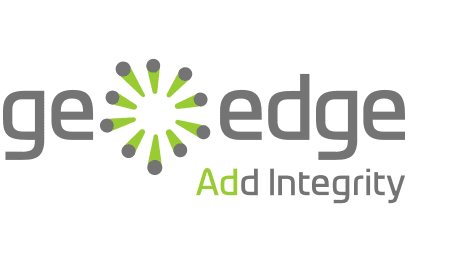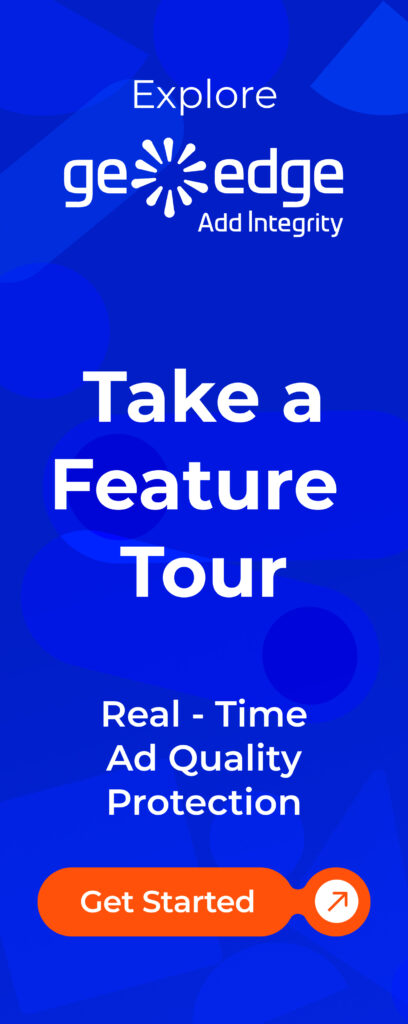Publishers hone in on ad content quality after Reuters revealed Google was non-compliant with its own policies on ad quality and audience-appropriate advertising. UK regulators have called out the company for showing ads for alcohol, risky financial investments, and adult products to minors under the age of 18.
For publishers, this is especially relevant: In a growing number of jurisdictions around the world, displaying ads in these categories to kids not only threatens trust with your audience but violates laws and regulations. Publishers are ultimately accountable to their audience for upholding regulations: Showing ads to children suited for a mature audience will cause publishers reputational damage and loss of engagement, users, and ad revenue. Publishers must also always consider themselves accountable for the legal repercussions of landing on the wrong side of regulations. For a regulator, not just regular users, highlighting any violations would be a legal nightmare for any quality publisher.
Have questions? Contact us today!
How age-sensitive ad content slipped through the cracks
Google explained the illicit ads were miscategorized and managed to slip through detection and effectively serve to minors. In today’s ad ecosystem, it’s easy for scammers to miscategorize ads to evade policies intentionally. Indeed, across GeoEdge’s global network of publishers and platforms, Google’s ad services are responsible for deceptive and misleading ads – which are also ostensibly against Google’s ad quality policy. The belief that Google will ensure ad quality, verify and correctly categorize ad creatives gives far too many publishers a false sense of confidence. In reality, there’s little oversight when bad actors take advantage of that overconfidence, and intentionally miscategorize their unsafe or deceptive ad creatives.
For publishers, putting Google on pause is simply not an option. And yet, neither is opening up their business to the possibility of expensive legal fees or losing monetization from a public scandal. Publishers must be careful not to place too much confidence in any ad partner to sufficiently perform a critical task that isn’t part of their core capability.
Defending against illicit ad content
These gaps in enforcement of ad policies and regulations – even with a tech giant like Google – indicate the lack of control publishers have in today’s digital ecosystem. And publishers’ needs go beyond compliance with industry standards and regional laws. Publishers need to adhere to the requirements and expectations of their own brand, audiences, and best advertisers.
Publishers, knowing the needs of their own businesses, must take care to itemize the ad content categories they can’t or won’t allow on their sites. Those categories should be highly specific – including any applicable standards for the audiences on different sites and sub-domains – and should include the ad creative content itself. Ad quality standards can be upheld using sophisticated, cutting-edge technology like image recognition and text analysis of creative and landing page content, powered by machine learning.
Our real-time ad monitoring and blocking solution includes all of those advanced capabilities. Its machine learning tech is enhanced by more than 10 years’ worth of data from across the worldwide ad ecosystem, plus expert human oversight. We also enable publishers to implement customized rules for various domains, brands, keywords, text strings, and creatives – and to implement any exceptions to those rules.
Moving beyond the creative to catch crooks and cloakers
It’s essential to analyze landing page content, not just creative content, because of the high volume of deceptive ads fraudsters deploy today to lure users to unsafe, untrustworthy landing pages. Fraudulent advertisers frequently use cloaking techniques to show an innocuous creative to ad scanners along the supply chain. Then, they swap out that creative with a deceptive or unsafe creative when it renders on the user’s screen. Publishers need tools that look into the creative code, detect cloaked bad ads, and inspect landing page content to verify whether it’s aligned with the creative.
GeoEdge is recognized for our advanced landing page detection- unique in the marketplace for our capacity to detect cloaked attacks, the deceptive clickbait-style creative often containing fraudulent products or services.
Ensuring brand-suitable ads
Publishers must be proactive when their own business and monetization are at stake. They must make sure they have protections in place to flag or block audience-inappropriate ads before they become a legal or reputational problem. And to be proactive, it’s essential to listen to their audiences, and establish channels for the audience to share feedback on user experience with the ad ops team. As it stands, call-outs and complaints on social media show only a fraction of users’ concerns. Those insights, directly from users, can help business stakeholders gauge audience trust and codify “appropriate”/”inappropriate” ad categories.
Despite these challenges, publishers clearly view advertising as a means to sharpen their brand image within their sectors, with their readers, and advertisers they’d like to attract to the properties. This bodes well for the industry as a whole. 100% of publishers say high quality advertising enhances the user experience. 60% of publishers say ad quality differentiates their brand within their sectors and 80% of publishers say brand suitability increases reader/ user trust in a site.
Your Security Partner for Ad Quality
Once a publisher establishes that feedback loop with the audience and clearly understands its brand suitability needs, it’s time to reach out to a partner with specialized, customizable, and best-in-class tools to uphold the integrity of the entire page. Ask the GeoEdge team today about how we’re upholding ad standards for premium publishers around the world.











